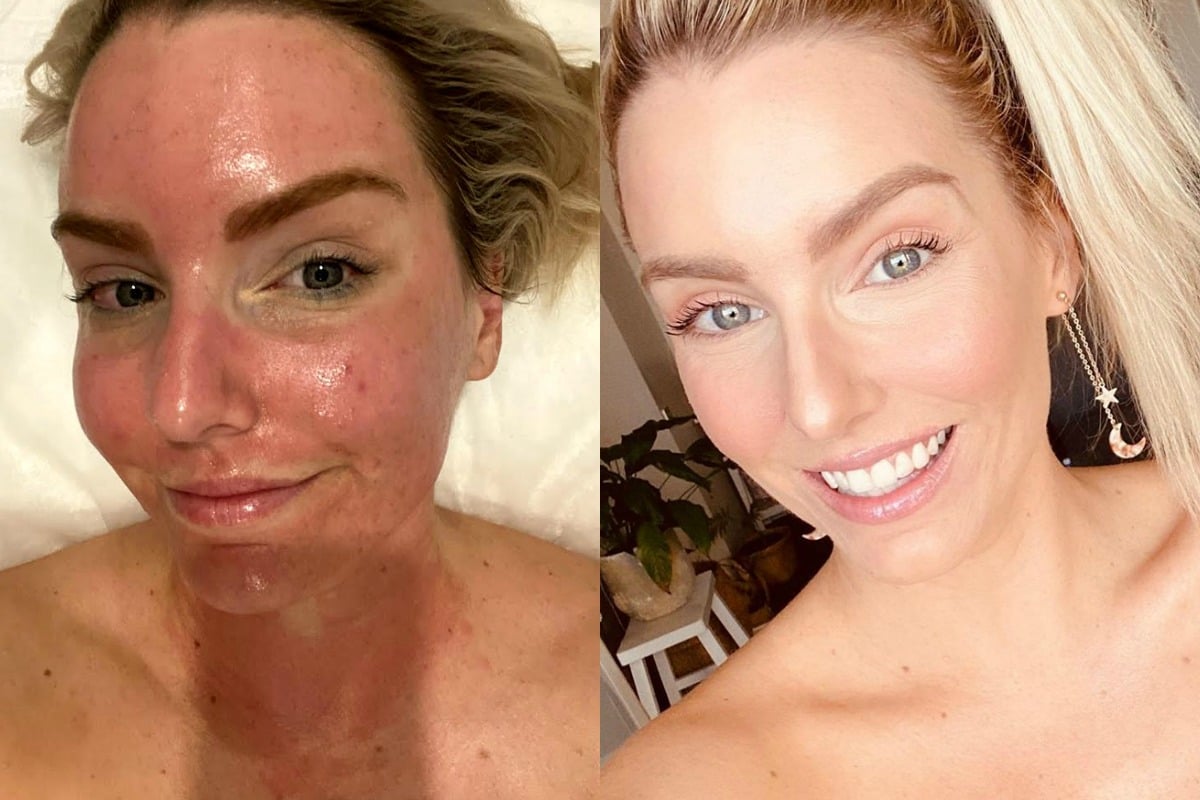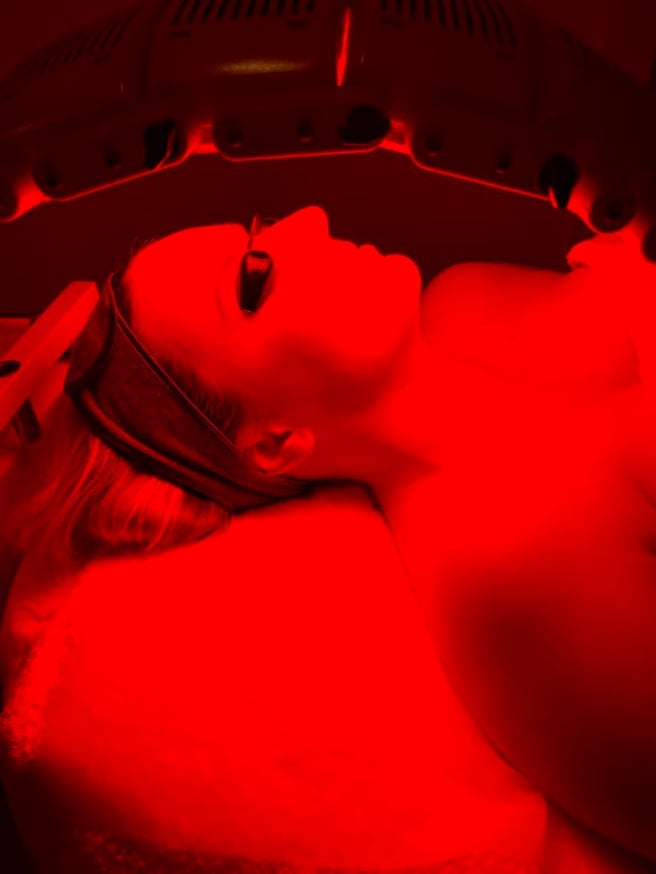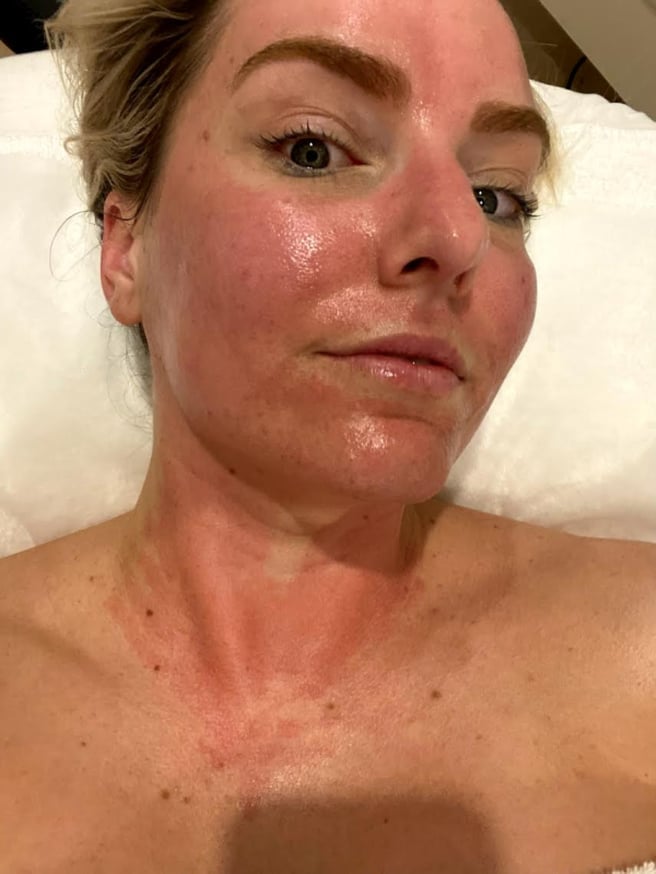
I've been getting skin needling treatments for about a year now, and every time I post about it on my Instagram, my DM floods with questions. So I thought I'd collate all the common questions my curious little skin enthusiasts have, to create a one-stop FAQ for all things needling.
Watch: Seven ways to improve your skin while sleeping. Post continues below.
WTF is skin needling?
It's a non-invasive treatment where the upper dermal layer is punctured with tiny needles, creating micro-wounds just beneath the surface of the skin. This process causes the body to generate a surge of collagen and elastin, which are the two primary elements of skin production (that heal and renew the skin). This effectively kick-starts your skin's rejuvenation and cell turnover.
Simply put, the treatment involves putting teeny tiny needles in your face to encourage the body's healing response - the result of which is fresh, glowy skin.
What's the difference between derma-rolling and skin needling?
They're essentially the same treatment with a few key differences, resulting in varying levels of effectiveness.
Derma-rolling (as the name suggests) uses a hand-held device that requires a 'roll-on' method to administer. This is also the device people like to use at home, given they offer a much less invasive treatment.

